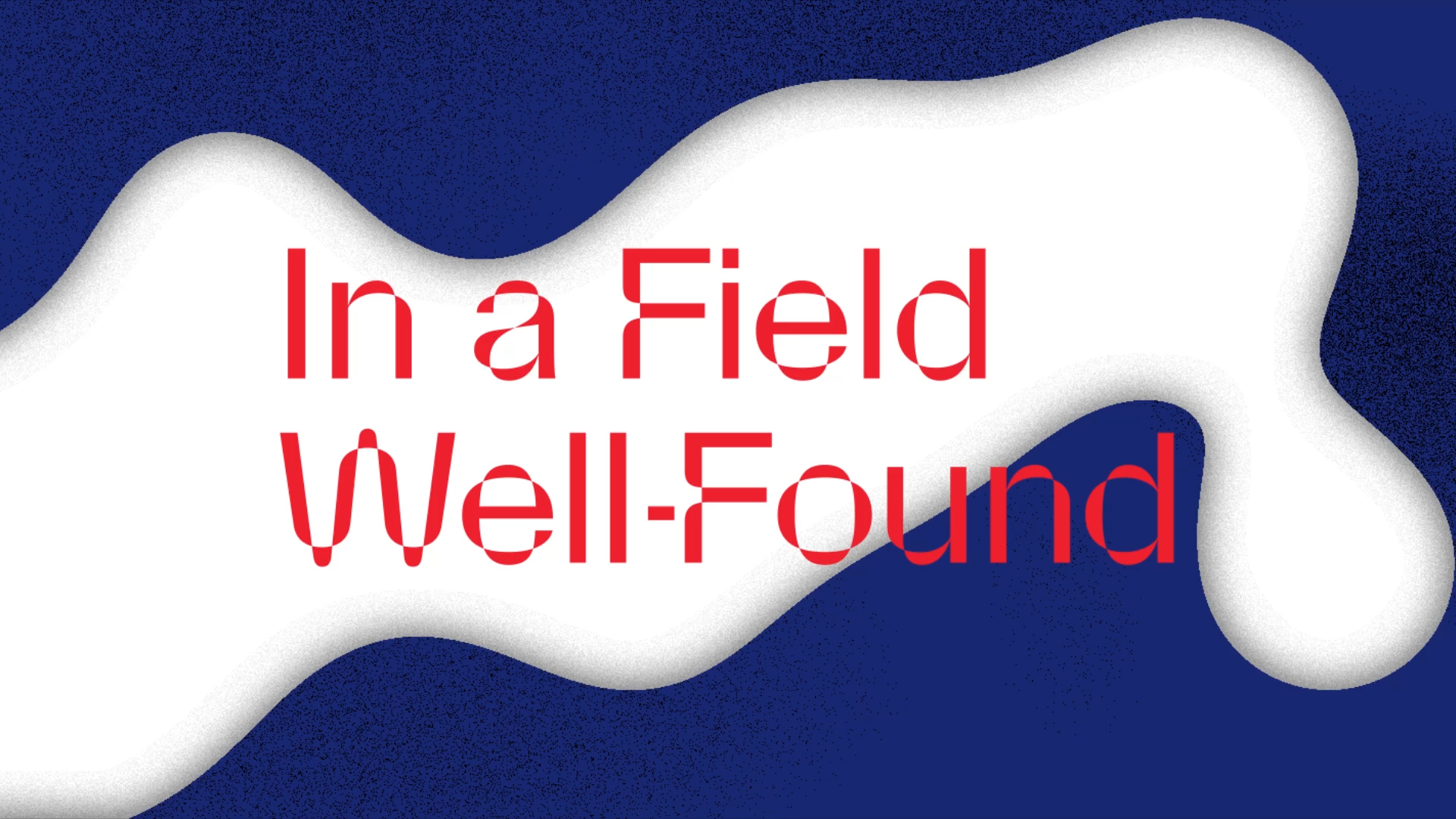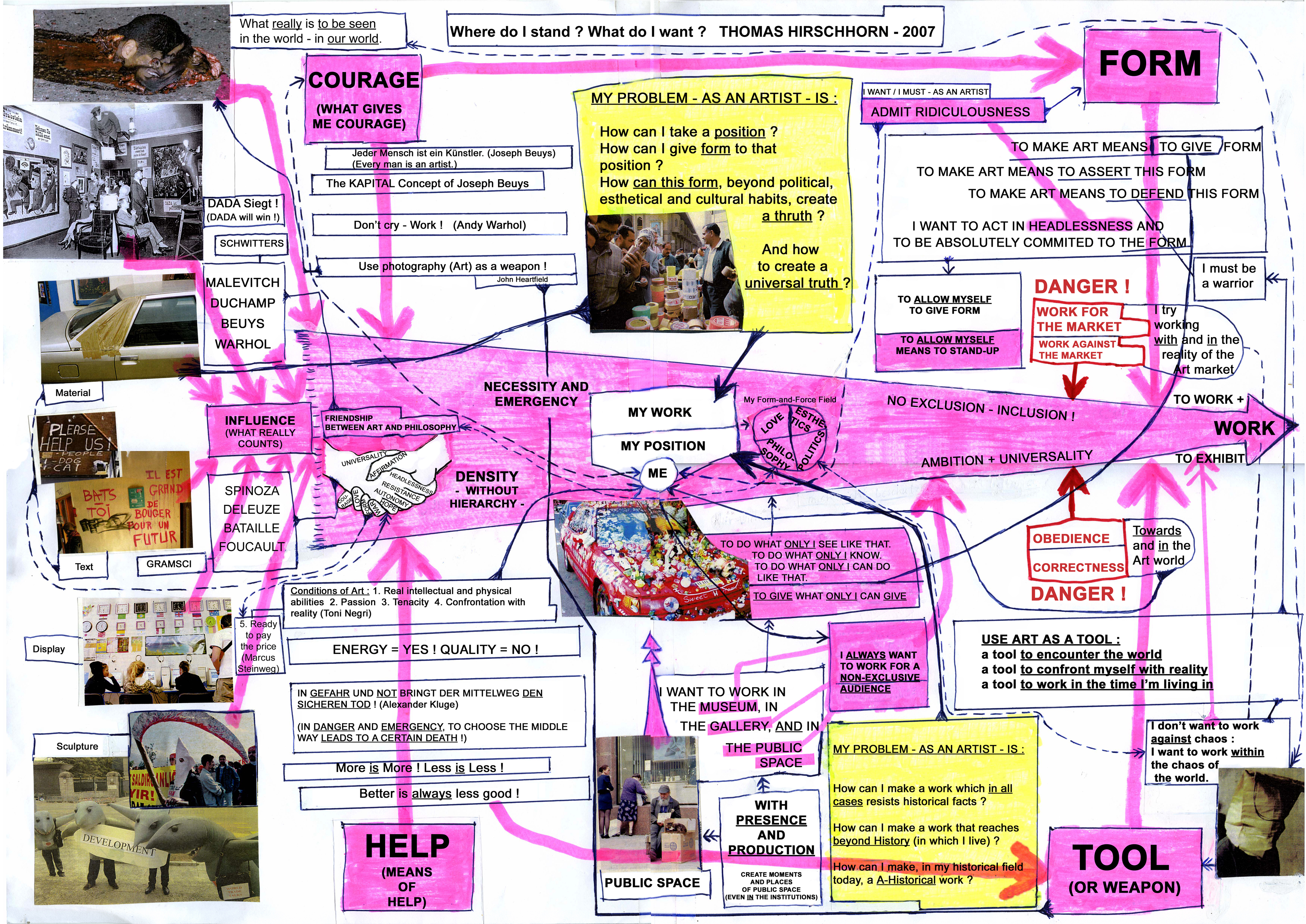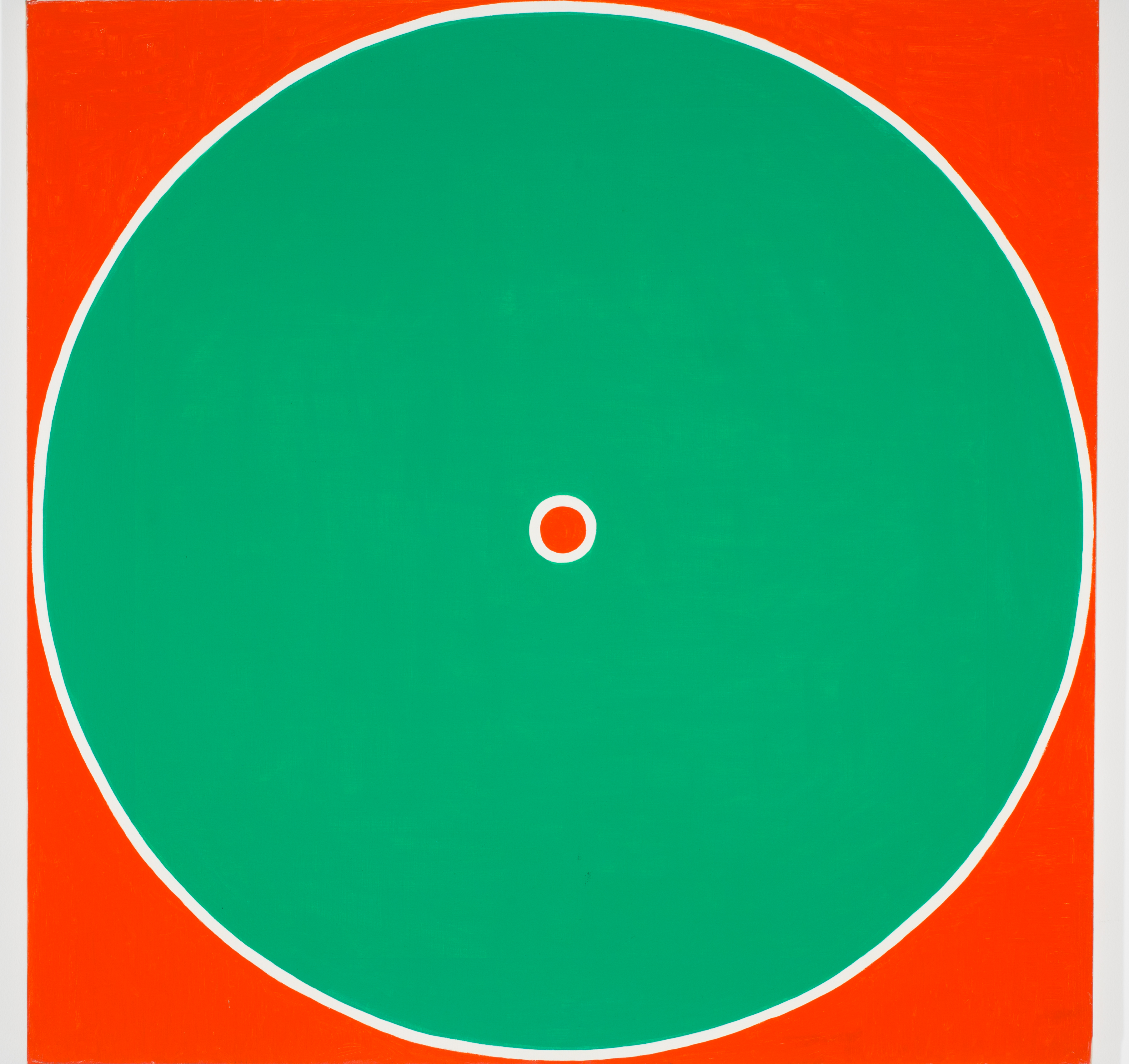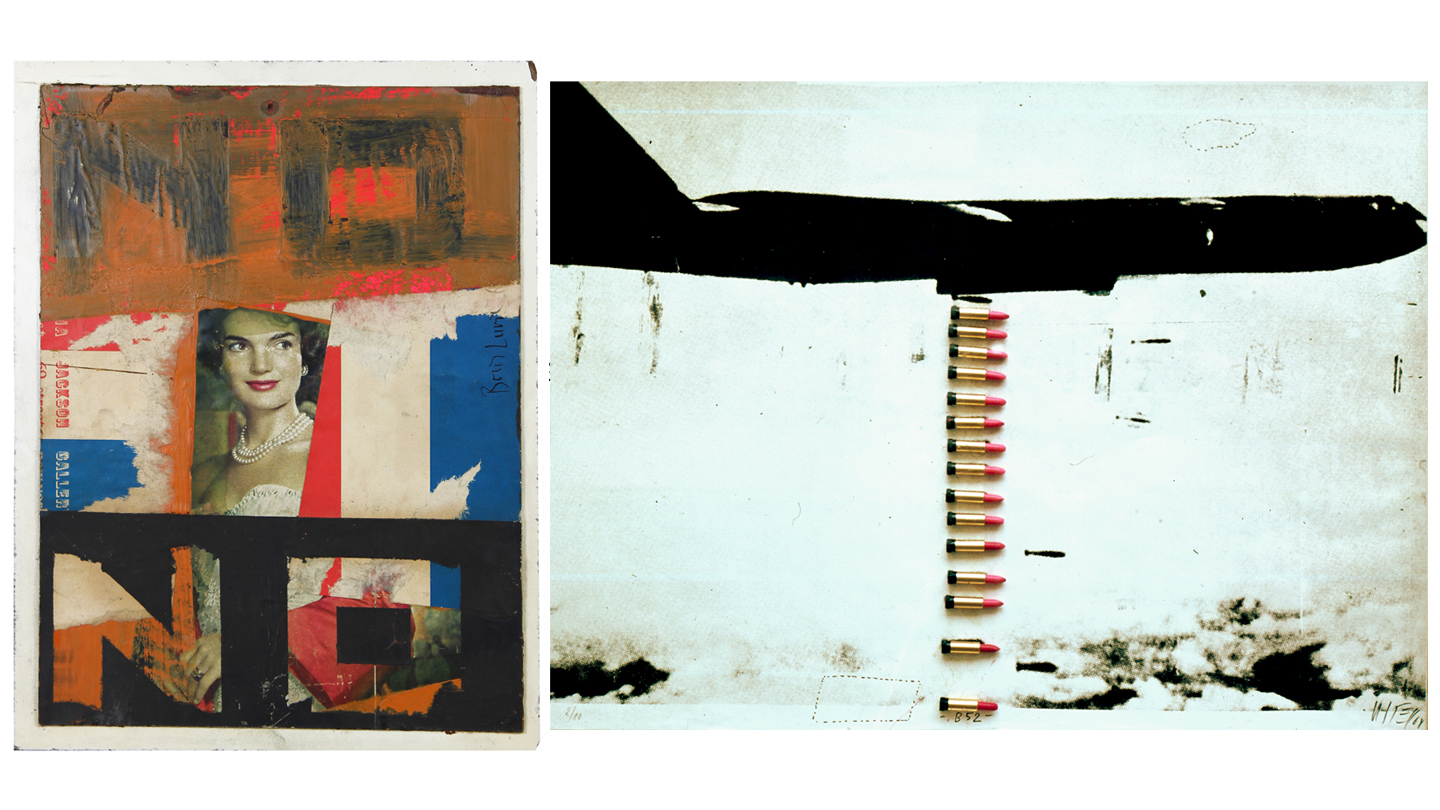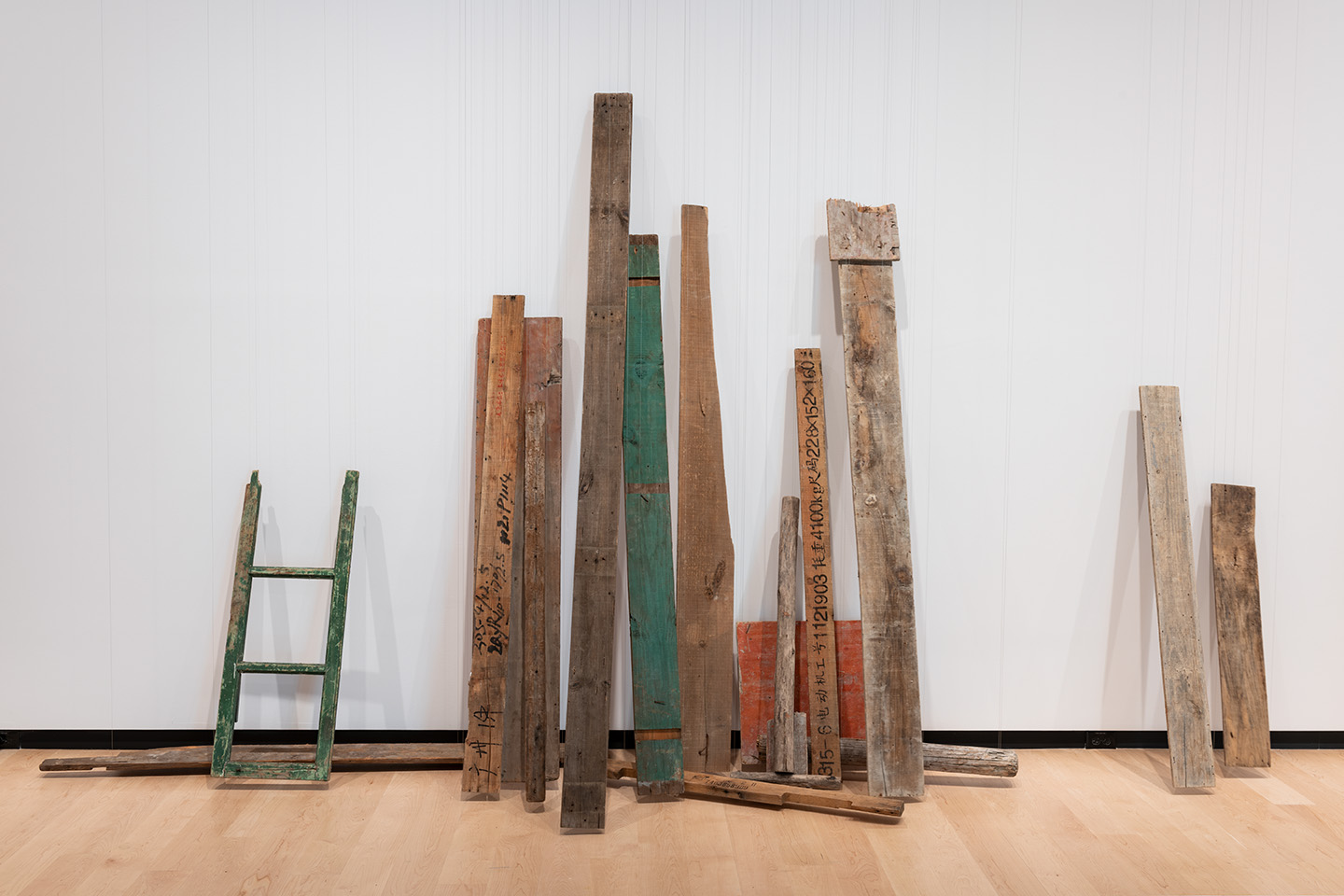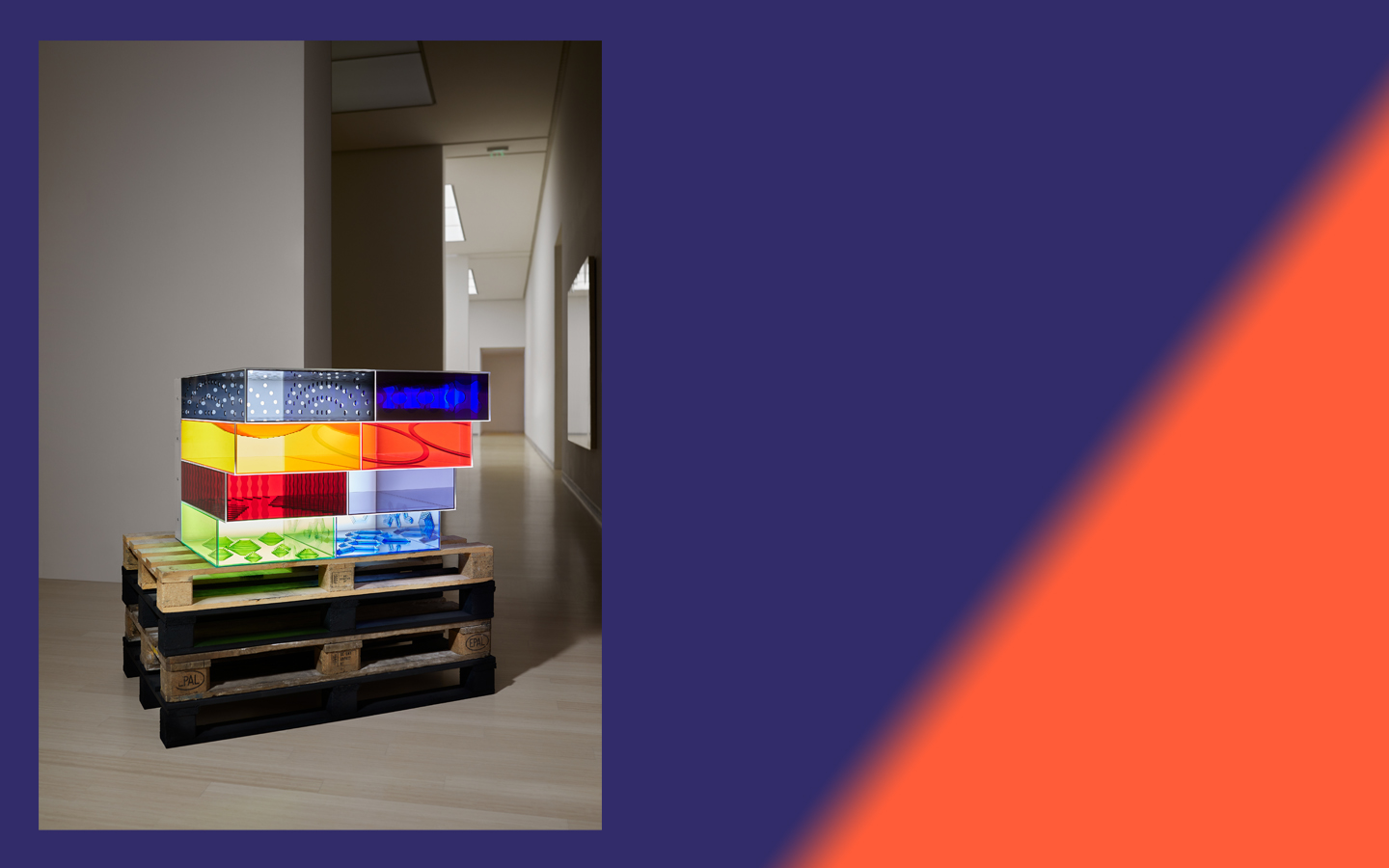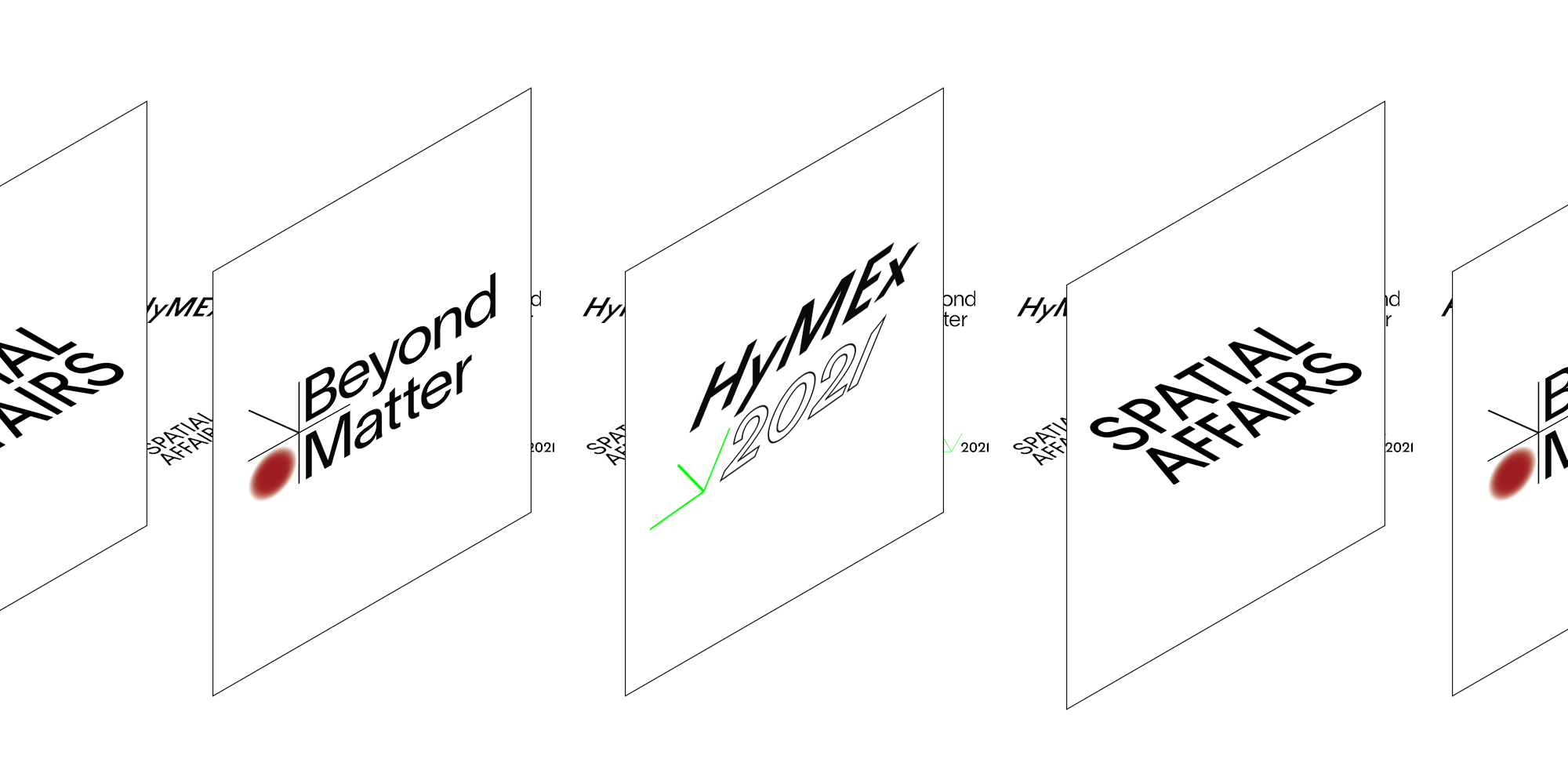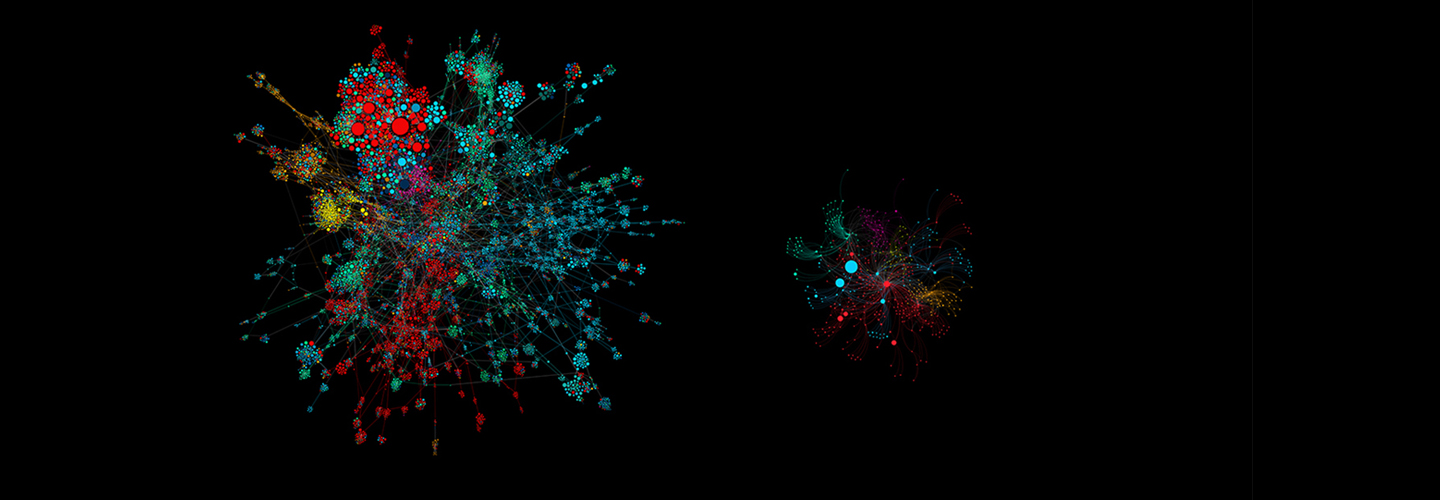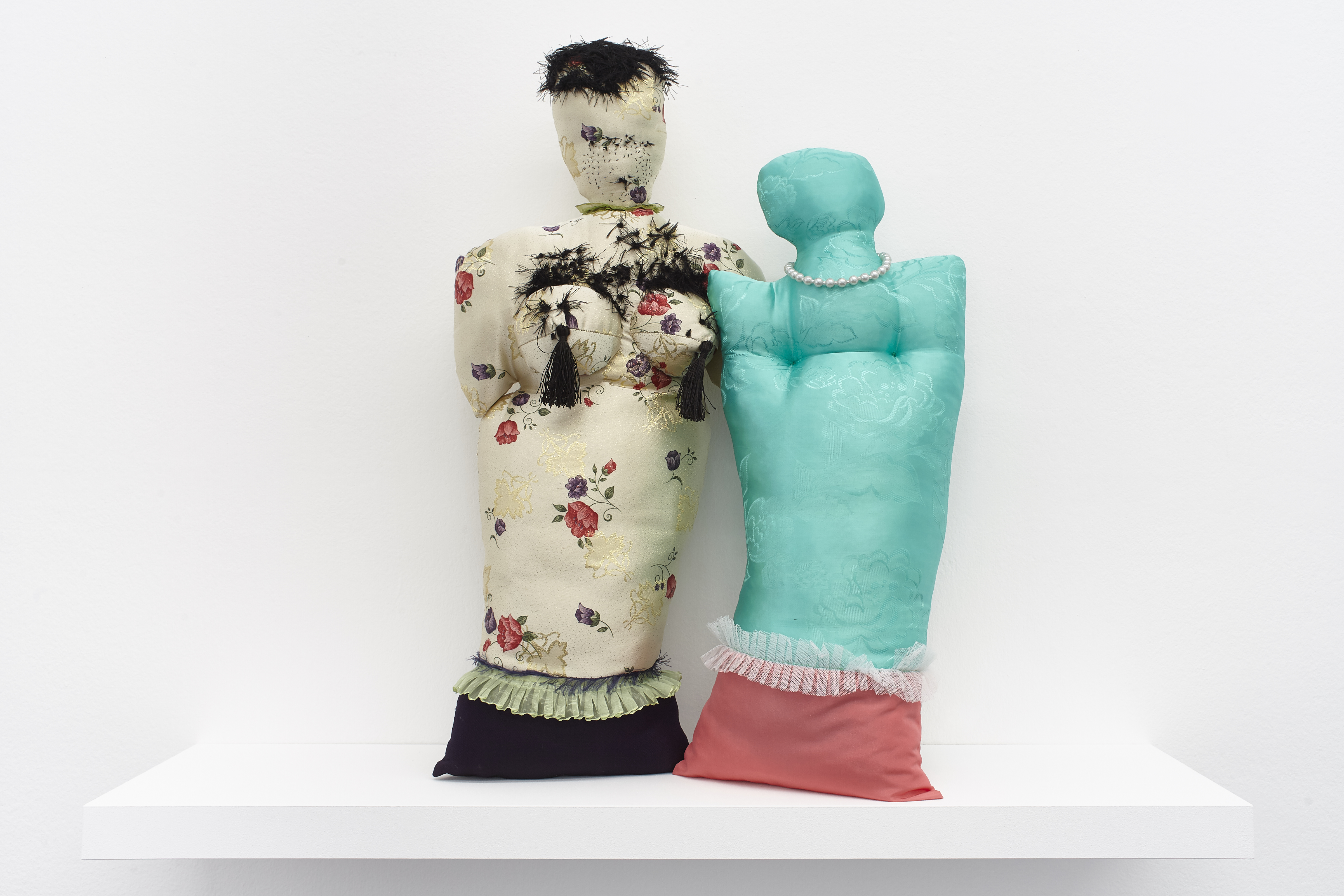The Pleasure of Light:
György Kepes and Frank Malina at the intersection of Science and Art
3 September – 21 November 2010
PALACE OF ARTS
H-1095 Budapest, Komor Marcell u. 1.
Hungary
T. (36 1) 555 3444
info@ludwigmuseum.hu
www.ludwigmuseum.hu
During World War II, both Kepes and Malina contributed to the US military. Kepes developed his camouflage theory into practice for the military and conducted seminars on the topic at the School of Design in Chicago, while Malina was working on rocket projects providing fundamental patents of American rocketry including the construction of the U.S.’s first successful high-altitude sounding rocket. After the end of the War, Malina became disillusioned with space research aimed mostly for military purposes, thus he moved to Paris and joined the newly founded UNESCO as Deputy Science Director. In 1953 Malina left UNESCO and from then on, focused mainly on his art projects, pioneering new technological art forms.
In his artwork, he explored issues of tension, transparency, light and movement and in the fifties began exploring kinetic art. In the process of these art experiments, he became conscious of the links to vision research by psychologists and cognitive scientists – this permeable art & science connection was clearly unrecognized at that time. In 1968, Malina founded Leonardo – a pioneering journal interweaving art and science and technology. He became the first editor of this journal, which he considered as a platform strengthening the network between scientists and artists.
Kepes, a Hungarian-born painter, designer, educator and art theorist, was stimulated early on by the experimental Kassák circle and subsequently collaborated on many projects with László Moholy-Nagy, first in Berlin and later in the US, continuing the (New) Bauhaus’ theory and practice. On arrival in North America, Kepes was invited by Moholy-Nagy to teach at the Institute of Design in Chicago (dubbed the New Bauhaus by Moholy-Nagy). In 1947 Kepes accepted an invitation to teach at the Massachusetts Institute of Technology, where in1967, he founded the Center for Advanced Visual Studies, dedicated to advance new technologies and creative collaboration between scientists and artists. Kepes firmly believed that visual language conveys facts and ideas in a wider and deeper range than almost any means of communication and realized this belief through his pioneering light installations.
It is an undisputed fact that Kepes and Malina’s concepts remain vital and the influence of their accomplishments is strongly felt to this day. The Pleasure of Light exhibition aims to present their parallel concepts, through the course of their lives, products, and enduring influence. Simultaneously we wish to chart the intersections of art, science and technology, especially in the last century. The exhibition is less a chronological show of art works than an attempt to map the interdisciplinary tactical approach by two remarkable people, their notions, their works, sphere of inspiration, and lasting heritage.
curators: Nina Czeglédy and Róna Kopeczky
